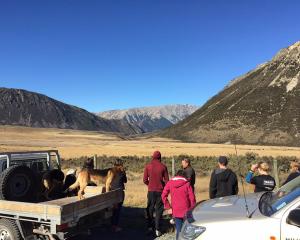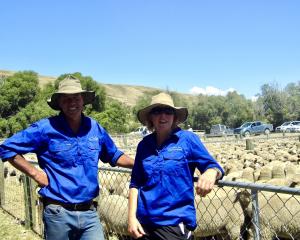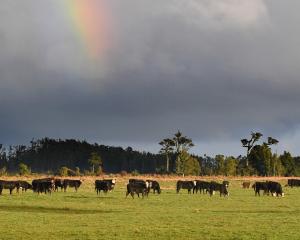
Global demand and in-market prices in New Zealand's key export markets remained generally strong and the Chinese market, in particular, continued to perform very well.
However, it was the United Kingdom that was the international market causing the greatest concern, the report said.
Last week, the European Union announced it had agreed to extend the date of Brexit until October 31, with a review of progress in late June.
In an update to farmers, Beef + Lamb New Zealand and New Zealand Meat Board chairman Andrew Morrison said it meant, for now, trade with the European Union and UK would continue unaffected.
B+LNZ, the Meat Board, and the Meat Industry Association had put in place various provisions to ensure, in the event of a no-deal, trade into the EU27 and UK markets could be maintained with minimal disruption, especially with regards to quota management. That planning had been completed ahead of the original March 29 Brexit deadline.
''We will continue to work together to review our planning over the next few months to ensure that we, and our companies, remain as prepared as possible in the event a no-deal scenario arises in the future,'' Mr Morrison said.
Silver Fern Farms' latest supplier update said the company continued to develop programmes with its customers and would maintain a close watch on developments and their potential impact on market access and protein volume flows.
Retail contacts appeared to still have a strong appetite to stock New Zealand lamb. The company had extensive discussions with a range of retailers over the past few weeks to assist in its planning.
The extension would also give European importers of lamb more certainty with regard to their traditional supply of UK-produced lamb.
The UK's peak production period began in June and it supplied European customers with daily and weekly shipments of product.
Rabobank's report showed New Zealand's national lamb kill, as of March 9, was within 1% of last season's kill for the same stage in the season.
That was a significant change from late January when the lamb kill was down 9%, reflecting the lift in lamb supplies experienced through February and early March.
Rabobank expected prices to generally lift over the course of the remainder of the season as the seasonal peak in production was now all but complete.
Over the next month, prices would be influenced by the short-term availability of supply and some upward price movement was possible in parts of the country where high feed levels limited the pressure to offload stock for slaughter.
Farmgate prices fell through early to mid-March as declining national feed availability resulted in a sharp increase in the flow of lambs to the processors. Lamb supplies did begin to ease later in the month and prices recovered.
As of the start of April, the slaughter price in the North Island averaged $7.10kg cwt (1% higher month-on-month), while South Island lamb averaged $6.70, which was 1% lower month-on-month.













